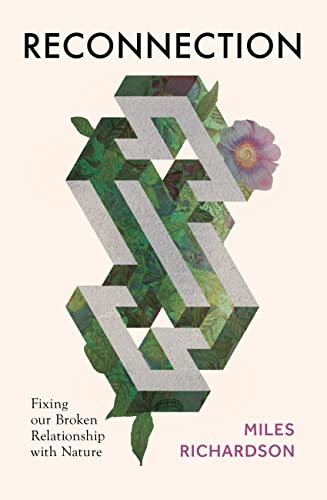What do you think?
Rate this book


How did our relationship with nature become broken, why does it matter and how can we fix it? From a past in which we were embedded in the natural world, revolutions in farming, science and industry have seen the human bond with nature eroded with the promise of prosperity offering happiness and meaning in life. This mindset may have delivered comfortable living for many, but there is growing recognition that the root cause of wildlife loss and the warming climate is people’s disconnection from nature, which is also an important factor in our mental health. Yet solutions focus on technical fixes to treat the symptoms of that damaged relationship, such as reducing carbon emissions and increasing habitat. What we urgently need is a whole new way of thinking.
Reconnection explores our hidden links with nature through the science of nature connectedness, setting out a way to revivify the relationship across society. Here is a route to a meaningful life that unites both human and nature’s wellbeing for a truly sustainable future. What's more, everybody has a role to play. From business leaders to conservationists, teachers to medics, from drivers to walkers, we can all reduce the damage we do and find new ways to bring nature into our lives. This timely book considers the problems scientifically, then offers simple, practical, positive steps for how we can all work towards a better world.
280 pages, Paperback
Published May 23, 2024